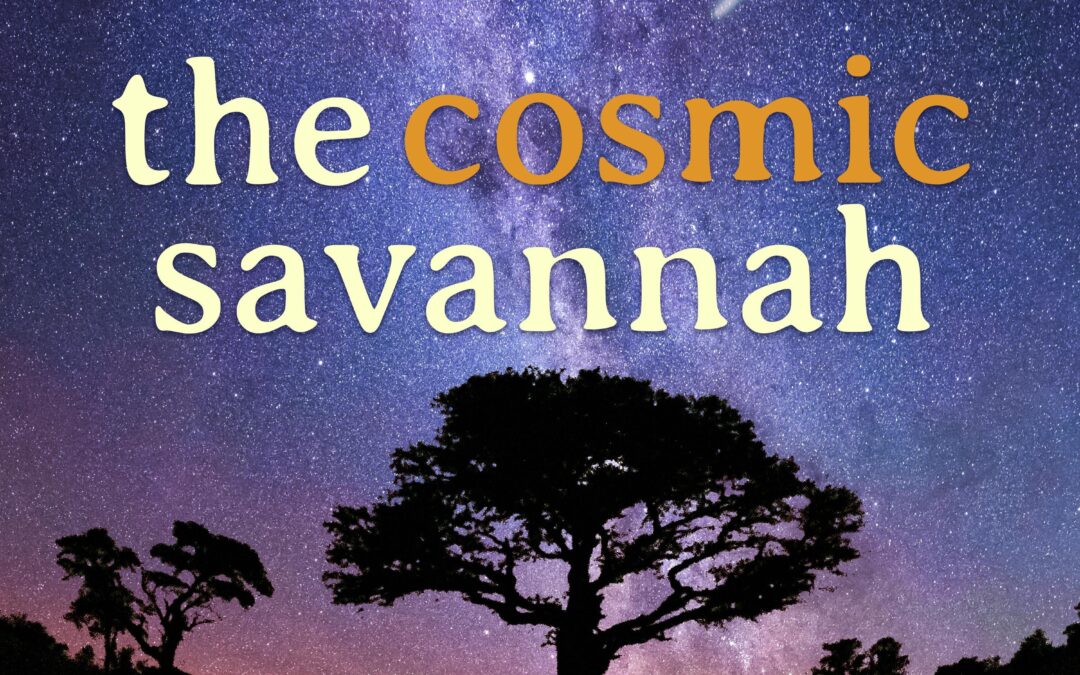Lets start season six of Cosmic Savannah with discussion about the dark side of the universe with Associate Professor Renée Hložek


Lets start season six of Cosmic Savannah with discussion about the dark side of the universe with Associate Professor Renée Hložek

Cheap Astronomy stumbles around in the dark againWhat is the latest on dark matter? Are black holes the source of dark energy?

What is an axion? How could axions make a star, and what does that have to do with dark matter? What would these stars look like?

The biggest mass extinction event on Earth occurred at the end of the Permian period. Now, scientists have found that the terrestrial portion of the event lasted nearly ten times as long as the ocean version.

The Universe is full of unanswered questions. One of the biggest questions is what is the Universe made of? And dark matter is one of the mystery

A supernova first observed in 2016 will be replayed in a few years because of the light’s journey through a galaxy cluster and how dark matter gravitationally warps space-time.

Every time I get the digital “why can’t you scientists just look at the data” lecture, I wonder what people think scientists do. All we do is look at data including accelerating rate of expansion of the Universe…

This week EVSN look at the upcoming solar maximum, how solar activity affects Neptune, the robotic invasion fleet on Mars, and how some of the weirdest star systems in reality have been able to form. In our closer look, we fail to see dark matter.

Recent observations of twelve different stellar streams around the Milky Way have revealed the effects of dark matter, similar to how lights on a Christmas Tree reveal the shape of the tree in dark.

This week we find out what would happen if the Moon was rotating fast and not tidally locked to the Earth also where the light and matter go into a black hole.